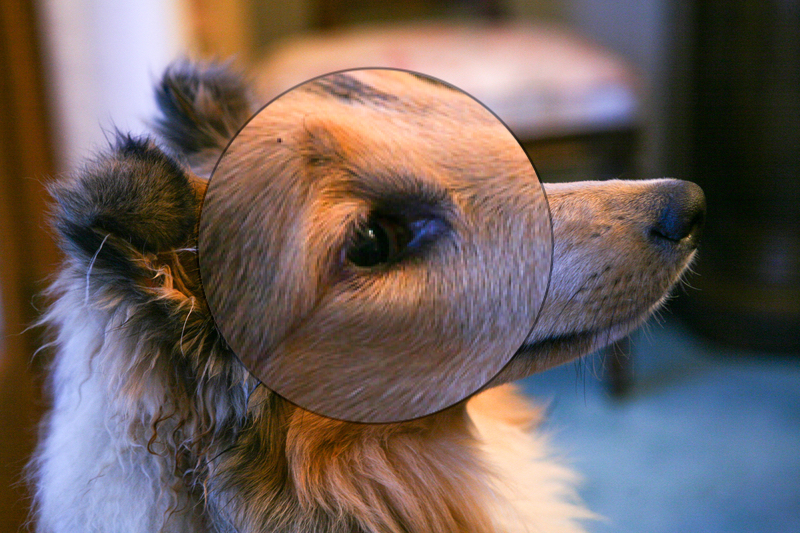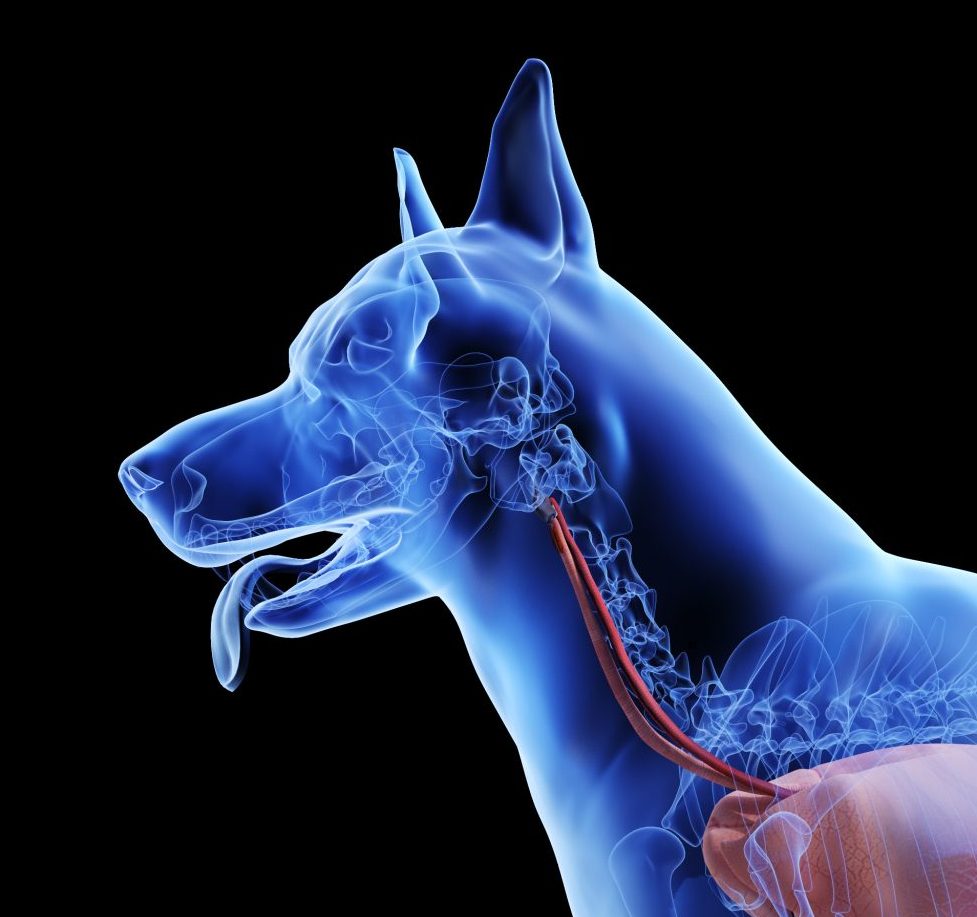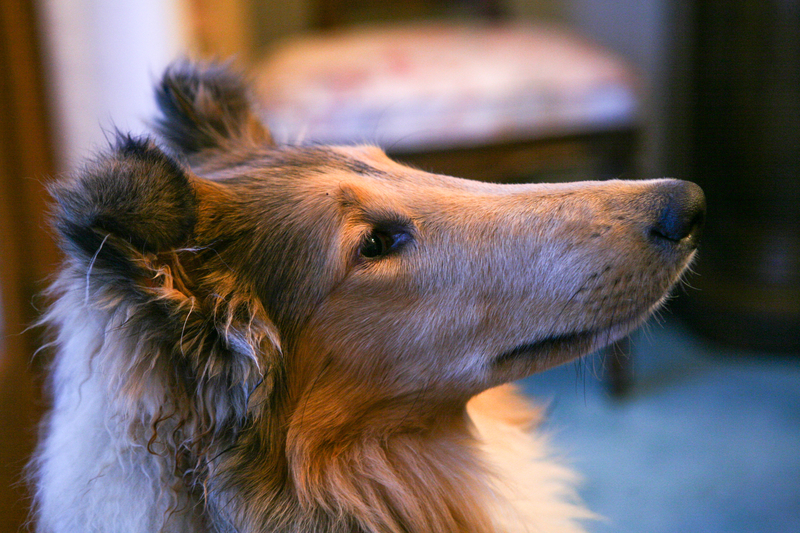
Did you know that the second parent club to join the AKC way back in 1884 was the Collie Club of America? (source: The Spirit of the Dog by Tamsin Pickeral).
That’s it. That’s the trivia.
Wait, we lie. Here’s another one. The 5-millionth dog registered with the AKC was a Collie named, “Lassie the Golden Glory.” This happened in 1956.
Oops, fudged again. One more. The first official photograph taken of the new US President, Calvin Coolidge with his family was taken in 1924, and because the Coolidges considered their dog to be part of the family, their white Collie, “Rob Roy,” was right in the middle of the photo, the Coolidge parents flanked by their two sons, John and Calvin.
This trivia, interesting as it is, is just a fun opening to a one of the first things a newbie to the dog show world learns about the Collie breed. It is a “head” breed. For those who love dogs but aren’t familiar with jargon of the dog fancy, a “head breed” is one in which the head is considered to be a crucial element in defining breed type – that “thing” that makes a Collie, for example, not look like a Doberman Pinscher. To paraphrase the author of The Evolution of the Collie, author and veteran Collie breeder, Trudy Mangels, describes the head as that feature that marks the exceptional from the ho-hum, and adds that in no other breed is the head as critical in assessing that superiority as it is in the Collie.
Certainly, proportions, and especially the parallel, straight planes of equal length are hugely important as they contribute to the breed’s famous lean wedge. Add the proper width of backskull and we are looking at a gorgeous head that is too easily lost within a generation. In this post, we narrow things down to something that appears on a Collie’s head. Twice, in fact.
Its eyes. The center of a correctly placed stop is the mid-point between the inside corners of the eyes and the center of balance in the length of head. The eyes are necessarily placed obliquely to give them the breed’s required forward outlook. The AKC breed standard writes that because of “the combination of the flat skull, the arched eyebrows, the slight stop and the rounded muzzle, the fore face “must be chiseled to form a receptacle for the eyes”
Put another way, the eyes should look like they inserted into the face, and not “on” it like the “peepers” of a Mr. Potato Head.
Pretend the image below is a Collie. Now imagine that the part that “receives” the eyeball is indented. If you think of the indentation as an eyeball receptacle, and that the eyeball is recessed into that receptacle, you’ll get it. It’s like the difference between a top mounted sink and an undermounted one. One sink looks like it was simply plopped down into the counter space, the other like it grew organically from the inside out.

It’s almost like two spots on the face were carved out with a Spoon Gouge to hold the eyeballs in place:

Collie by © Debra Reschoff Ahearn/Dreamtime
Mind you, the images above is just a stock photo and not a show dog, but it hints at what we’re getting at, and why we’re focusing on the eyes is because these dark, medium size, almond-shaped oculars have much do with with the Collie expression of “intelligent inquisitiveness” and sweetness. Without the correct eyes, the desired expression is gone.
Readers interested in learning more may want to check this article on expression.
